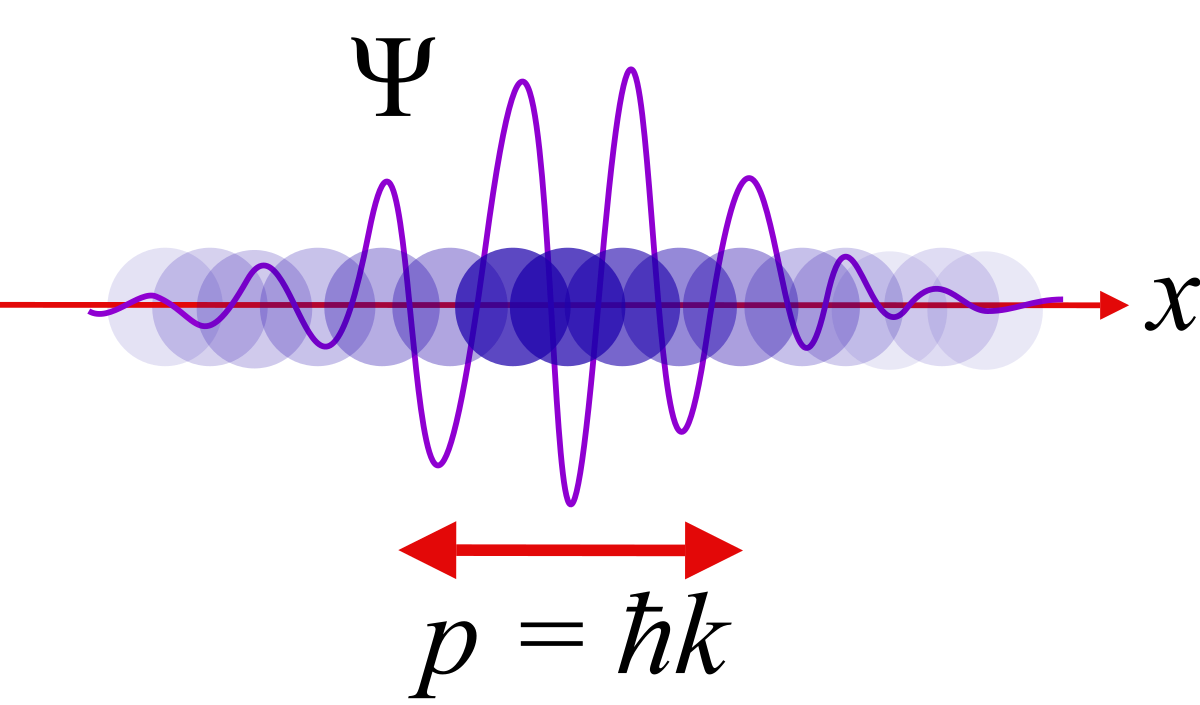Huyssteen, Matrix mechanics
Heisenberg’s matrix mechanics arose out of a general approach to quantum theory advocated already by Bohr and Wolfgang Pauli (1900–1958), among others.
In Heisenberg’s hands, this approach became a commitment to remove from the theory any quantities that cannot be observed. Heisenberg took as his “observable” such things as the transition probabilities of the hydrogen atom (the probability that an electron would make a transition from a higher to a lower orbit). Heisenberg introduced operators that, in essence, represented such observable quantities mathematically. Soon thereafter, Max Born (1882–1970) recognized Heisenberg’s operators as matrices, which were already well understood mathematically.
Heisenberg’s operators can be used in place of the continuous variables of Newtonian physics. Indeed, one can replace Newtonian position and momentum with their matrix “equivalents” and obtain the equations of motion of quantum theory, commonly called (in this form) Heisenberg’s equations.
The procedure of replacing classical (Newtonian) quantities with the analogous operators is known as quantization. A complete understanding of quantization remains elusive, due primarily to the fact that quantum-mechanical operators can be incompatible, which means in particular that they cannot be co-measured.
